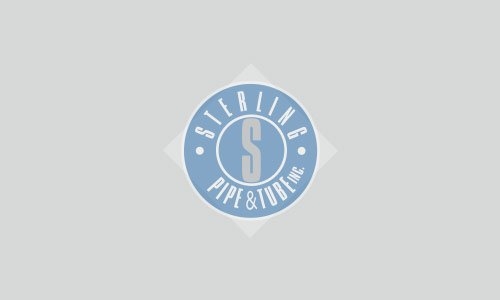What Will Work Better For Your Application, Pipes or Tubes?

Pipes and tubes share a lot of functionality and, often, it’s difficult to determine which will be best for a particular application. Whether you’re transporting liquids from one area of the building to another or you’re moving gases out of the facility, both steel pipes and tubes can get the job done. Typically, however, one choice will provide certain benefits over the other. In this post, we aim to make your decision easier by looking at some of the advantages and disadvantages of pipes and tubes.
Round steel tubes can be shaped
If you foresee a lot of twists and turns in the route that your transported material will need to take, round steel tubes are likely better suited to the job. With the ability to shape them, you can create a seamless path between point A and point B. With steel pipes, the job becomes a little more difficult, requiring you to use threaded elbows to create a series of sharper angles.
Pipes are more rigid than tubes
Because of their rigidity and internal diameter, pipes offer a little more strength than tubes. If you need to move volatile substances or suspect that your application will cause extensive wear and tear, steel pipes would be a better option. Additionally, if you’re simply moving materials in a straight, uninterrupted line, pipes can offer enhanced durability with very few – if any – drawbacks.
At Sterling Pipe & Tube, we’ve been supplying electric welded steel tubes and pipes to numerous international industries since 1987. With extensive knowledge and experience determining the best ways to approach various applications, we can help you find an efficient and cost-effective steel piping or tubing solution. If you’re looking to upgrade, expand or renovate your facilities, give us a call today to learn more about how we can make your job easier.




